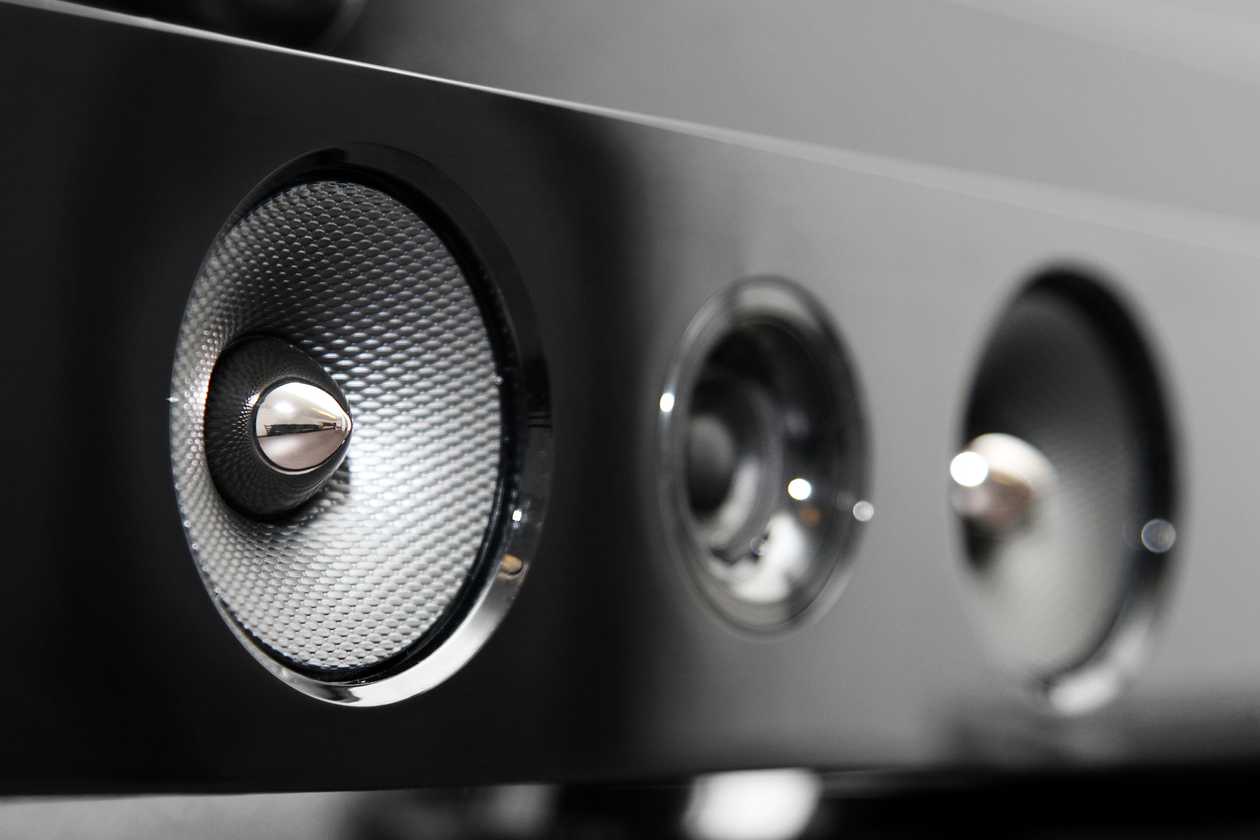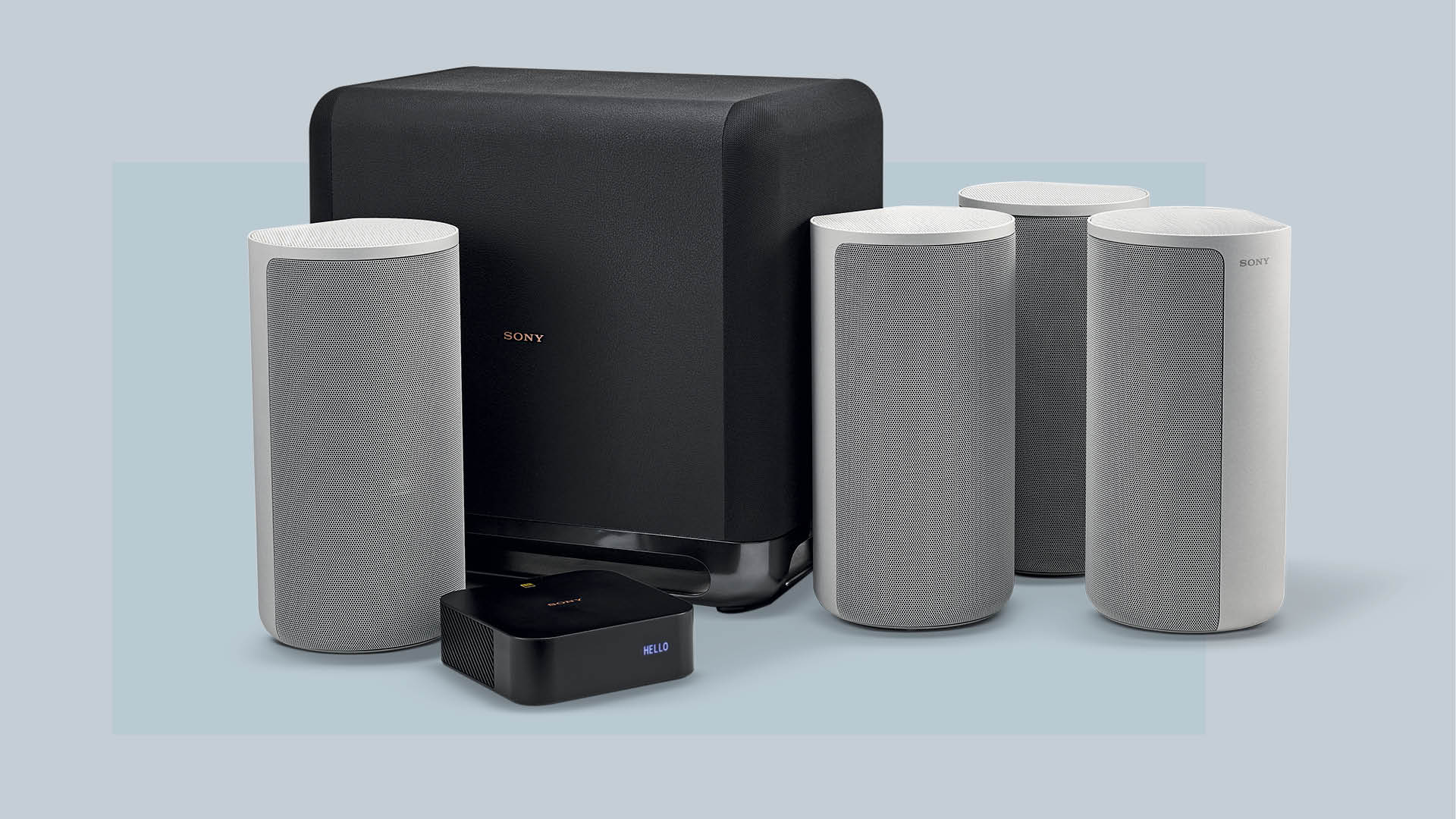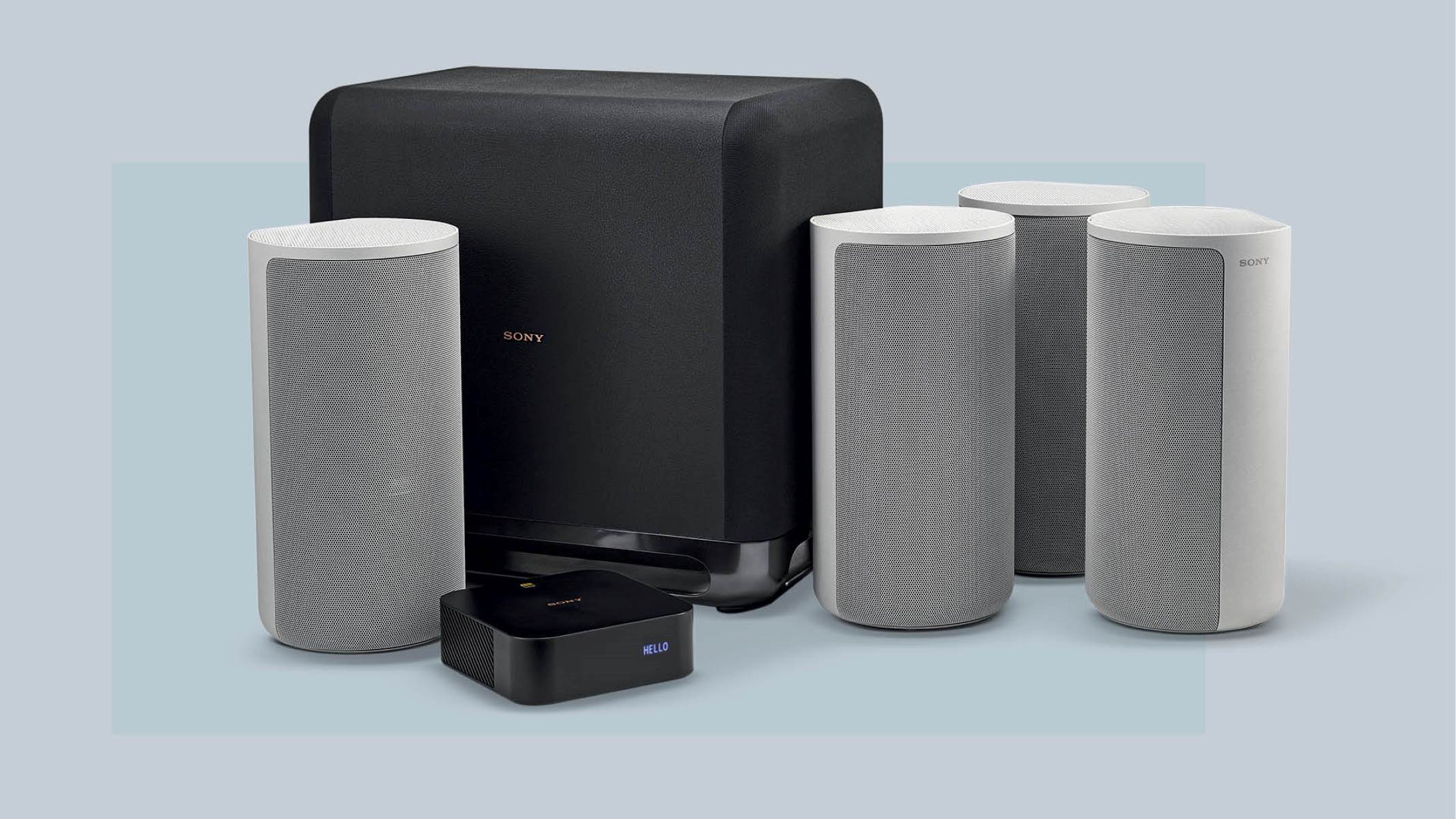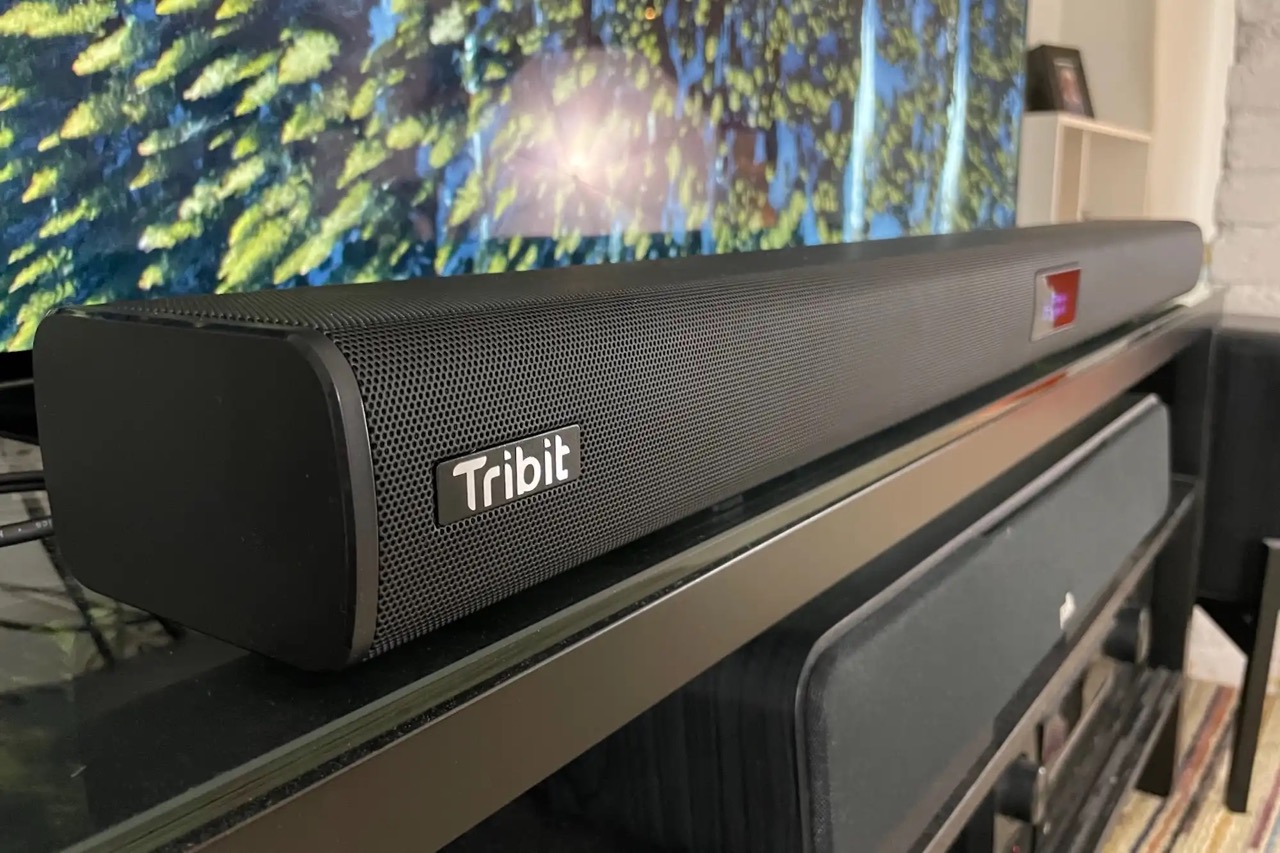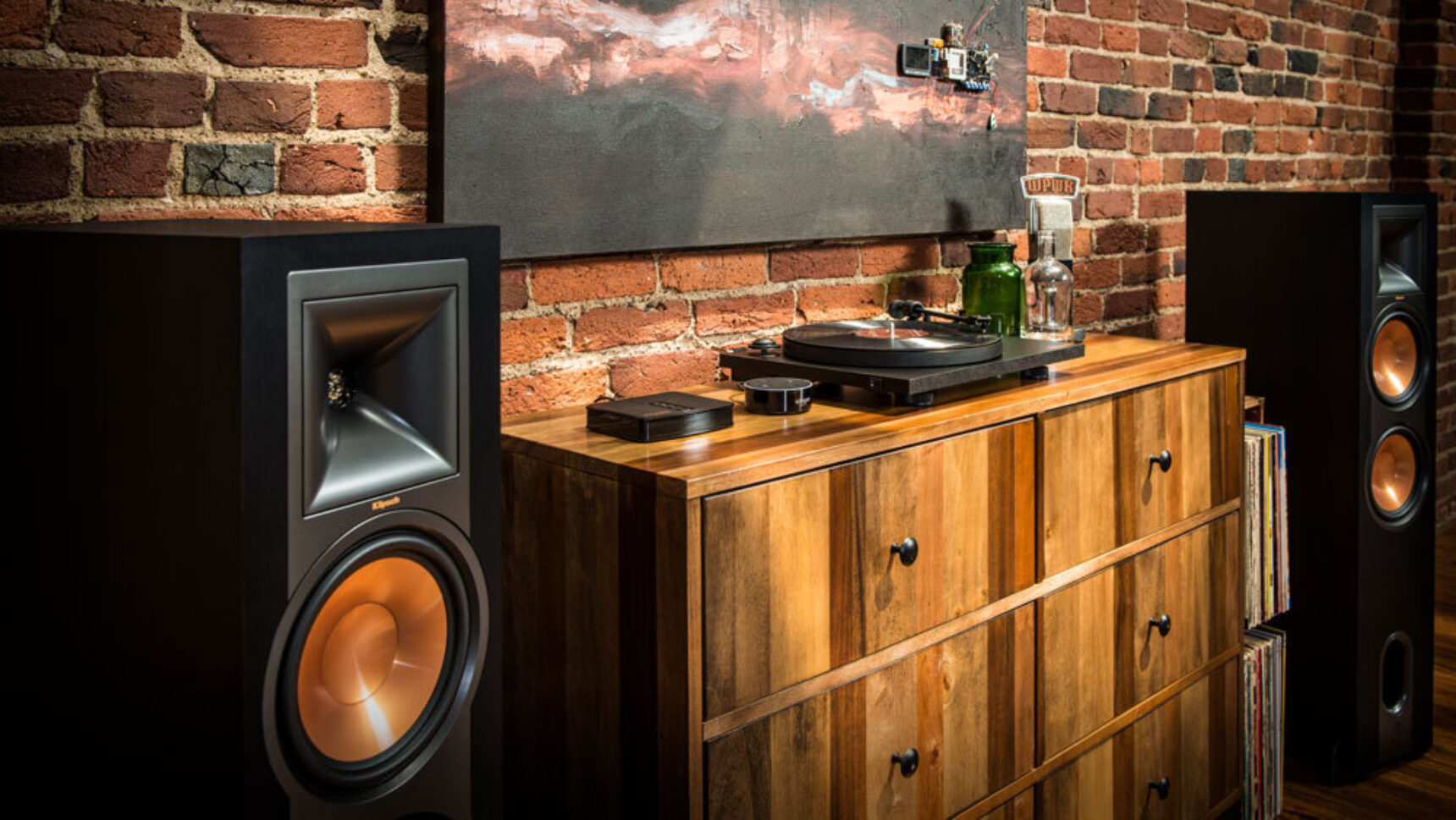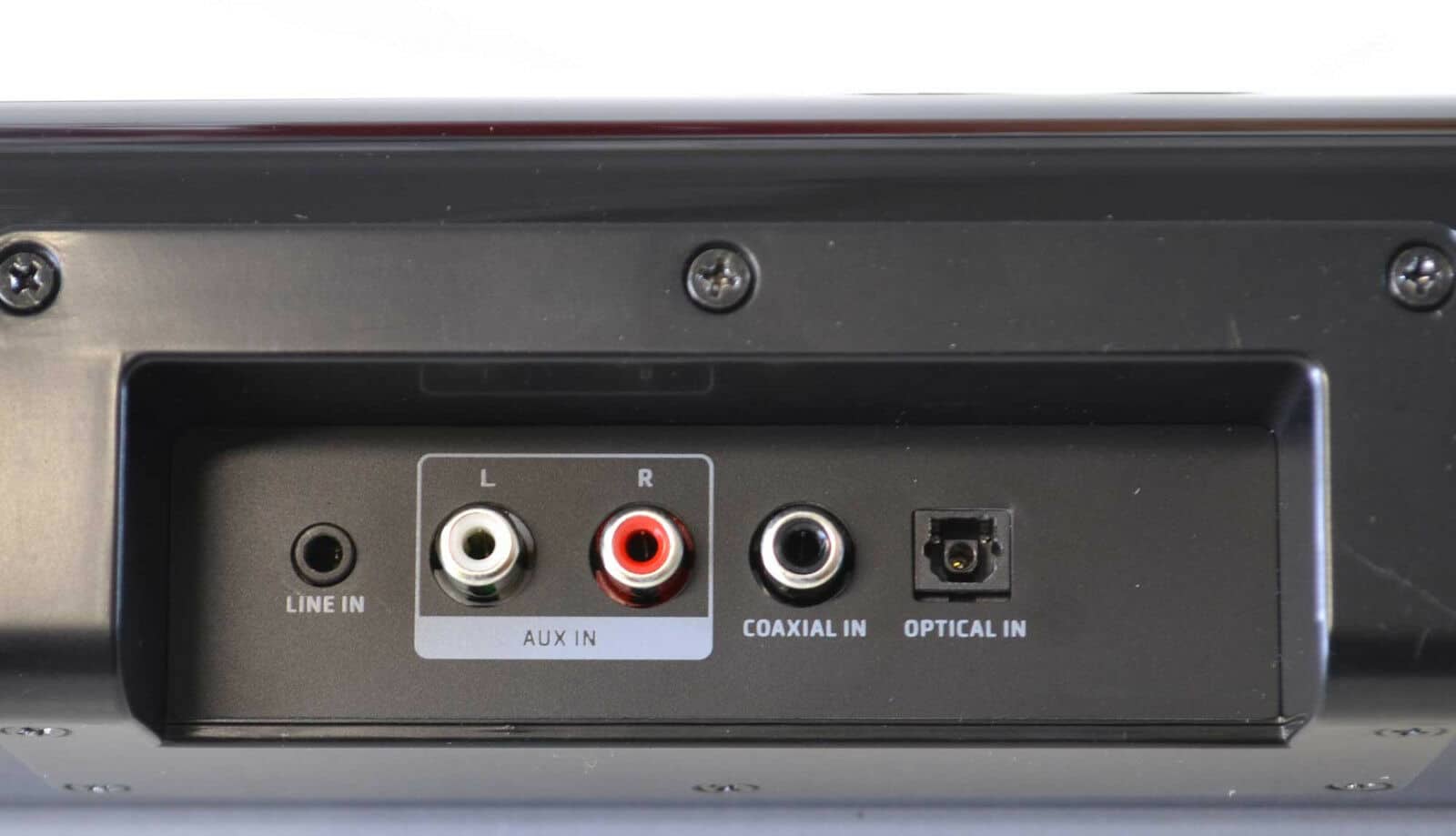Introduction
Welcome to the world of soundbars, where you can enhance your audio experience without the hassle of multiple speakers scattered around your room. Soundbars are compact, sleek devices that are designed to deliver high-quality sound and immersive audio. One of the key features you may come across when researching soundbars is the term “5.1 channel.” But what exactly does this mean?
In this article, we will explore the concept of 5.1 channel audio on a soundbar and its significance in creating a rich, multi-dimensional audio experience. We will delve into the technical aspects of soundbars and explain how they achieve this impressive audio configuration. Furthermore, we will discuss the benefits and limitations of 5.1 channel audio on a soundbar, helping you make an informed decision when considering this feature for your home entertainment setup.
So, if you’re curious about what lies beneath the surface of this audio technology and how it can elevate your sound experience, read on. By the end of this article, you’ll have a better understanding of what 5.1 channel audio on a soundbar means and how it can enhance your home entertainment system. Let’s dive in!
What is a Soundbar?
A soundbar is a compact audio device that is designed to provide an immersive audio experience for your home entertainment system. It is a long, slim speaker enclosure that can be placed below or above your television, offering a convenient and space-saving alternative to traditional multi-speaker setups. Soundbars are specifically engineered to enhance the sound quality of your TV, delivering clearer dialogue, richer bass, and a more immersive audio experience.
While soundbars come in a variety of shapes and sizes, they typically consist of multiple built-in speakers housed within a single enclosure. These speakers are strategically positioned to create a wide soundstage, effectively simulating a surround sound experience without the need for additional speakers and wires.
In addition to improving the audio quality of your TV, soundbars often come equipped with Bluetooth or Wi-Fi connectivity, allowing you to stream music wirelessly from your smartphone or other devices. Some soundbars also feature built-in subwoofers for enhanced bass response, further enriching your audio experience.
Soundbars have gained popularity due to their ease of setup and their ability to provide high-quality audio in a compact form factor. They are ideal for small to medium-sized rooms where space is limited, offering a sleek and minimalist design that seamlessly blends with your television setup.
Now that we have a basic understanding of what a soundbar is, let’s explore the significance of channels in audio and how they contribute to the overall sound experience.
Understanding Channels in Audio
Before we dive into the specifics of 5.1 channel audio on a soundbar, let’s first understand what channels mean in the context of audio. In audio terminology, a channel refers to an individual sound source or speaker that delivers audio signals to create a surround sound experience. Each channel is responsible for reproducing specific audio elements, such as dialogue, music, or ambient sounds, to provide a more immersive and realistic audio experience.
The most common channel configurations in audio systems are 2.0, 2.1, 5.1, and 7.1. The first digit represents the number of main speakers or channels responsible for delivering audio, while the second digit denotes the presence of a subwoofer for low-frequency sounds.
In a 2.0 channel setup, there are two main speakers responsible for reproducing audio. This configuration is commonly found in stereo systems and provides basic left and right audio output. Adding a subwoofer to create a 2.1 channel system introduces deep bass and enhances the overall sound quality.
As we move up the channel configuration ladder, we come across 5.1 channel audio. This is a more advanced setup that adds an extra dimension to the audio experience. Let’s explore this configuration in more detail in the next section.
What is a 5.1 Channel Configuration?
A 5.1 channel configuration is a surround sound setup that consists of six speakers: a center channel, front left and right channels, rear left and right channels, and a subwoofer. The numbers “5.1” denote the total number of speakers and subwoofers in this audio system.
The center channel is primarily responsible for reproducing dialogue and vocals, ensuring clear and focused sound in the center of the soundstage. The front left and right channels create stereo sound, delivering audio effects and music from the sides of the room. The rear left and right channels provide surround sound, immersing the listener in a more encompassing audio environment. The subwoofer is dedicated to handling low-frequency sounds, such as deep bass, adding depth and impact to the overall audio experience.
With a 5.1 channel configuration, sound engineers have more control over the placement and distribution of audio, allowing for a more spatially accurate representation of sound. This brings movies, music, and games to life, creating a theater-like experience in the comfort of your own home.
It’s important to note that not all soundbars are capable of producing true 5.1 channel audio. Some soundbars utilize advanced audio processing techniques and virtual surround sound technologies to simulate a wider soundstage. While these soundbars may not have physical rear speakers, they can still provide an immersive audio experience by creating the illusion of surround sound.
Now that we understand what a 5.1 channel configuration entails, let’s explore how soundbars achieve this impressive audio setup in a compact and convenient form factor.
How Does a Soundbar Achieve 5.1 Channel Audio?
Soundbars are ingeniously designed to replicate a surround sound experience with a 5.1 channel audio configuration, even though they are comprised of a single unit. While physical rear speakers are not present in most soundbars, they utilize various technologies and techniques to create a convincing surround sound effect.
One common method is through the use of multiple drivers and tweeters within the soundbar itself. These drivers are strategically positioned to project sound waves in different directions, simulating the effect of having dedicated front, rear, and center channels.
The soundbar’s center channel is typically placed along the length of the device and is responsible for clear dialogue reproduction. The front left and right channels are created by separate drivers on either end of the soundbar, projecting sound towards the sides of the room to create stereo audio imaging.
To achieve the effect of rear surround sound, some soundbars utilize advanced signal processing algorithms. These algorithms manipulate the audio signals to create virtual rear speakers, producing the sensation that sound is coming from behind the listener. This technology, often referred to as virtual surround sound or simulated surround sound, can provide a surprisingly immersive audio experience without the need for physical rear speakers.
In addition to the virtual surround sound technology, some soundbars may come with wireless rear speakers or satellite speakers. These additional speakers can be placed at the rear of the room, providing a more authentic surround sound experience. The soundbar acts as the center and front channels, while the rear speakers handle the rear surround sound.
Soundbars with a separate subwoofer can reproduce low-frequency sounds, enhancing the overall audio experience by delivering deep and impactful bass. The subwoofer is usually wireless, allowing for flexible placement within the room.
Overall, soundbars achieve 5.1 channel audio through clever engineering, driver placement, signal processing, and sometimes additional wireless speakers. While they may not replicate the exact experience of a full-fledged surround sound system, they offer a convenient and space-saving alternative that still delivers an immersive audio experience.
Benefits of 5.1 Channel Audio on a Soundbar
Opting for a soundbar with 5.1 channel audio configuration can bring several advantages to your home entertainment setup. Let’s explore the benefits of having a soundbar that can deliver this immersive audio experience.
1. Enhanced Audio Immersement: With a 5.1 channel audio setup, you can enjoy a more immersive audio experience right from your soundbar. The front, rear, and center channels work together to create a surround sound effect, making you feel like you’re inside the action of movies, games, and music concerts.
2. Improved Spatial Sound: The distribution of sound across multiple speakers helps to create a more accurate soundstage. This means that different audio elements, such as dialogue, music, and ambient sounds, are precisely placed in the sonic landscape, enhancing the overall listening experience.
3. Clear Dialogue Reproduction: The center channel in a 5.1 channel soundbar is dedicated to reproducing dialogue and vocals. This ensures that speech is clear and intelligible, even during action-packed scenes or when background noises are present. You won’t miss a single word of your favorite movies or TV shows.
4. Deeper and Punchier Bass: Many soundbars with 5.1 channel audio configuration come with a separate subwoofer. This subwoofer is responsible for handling low-frequency sounds, delivering deep and powerful bass. The result is a more immersive and impactful audio experience, making explosions, crashes, and music beats more thrilling.
5. Space-Saving Design: One of the main advantages of a soundbar is its compact and sleek design. A 5.1 channel soundbar eliminates the need for multiple speakers and wires, reducing clutter and freeing up space in your living room. It seamlessly integrates with your TV setup, providing impressive sound without sacrificing aesthetics.
6. Simplicity and Convenience: Soundbars are known for their ease of setup and use. With a 5.1 channel soundbar, you can enjoy a surround sound experience without the complexities of installing and calibrating multiple speakers. The centralized control and compact nature of the soundbar make it a user-friendly option for anyone seeking high-quality audio.
In summary, a soundbar with 5.1 channel audio offers enhanced audio immersion, improved spatial sound, clear dialogue reproduction, deeper bass, space-saving design, and simplicity. Whether you’re watching movies, playing games, or listening to music, a 5.1 channel soundbar can elevate your overall audio experience and bring your entertainment to life.
Limitations of 5.1 Channel Audio on a Soundbar
While a soundbar with 5.1 channel audio configuration brings many advantages, it is important to be aware of some limitations that may affect your audio experience. Let’s explore these limitations:
1. Limited Surround Sound Effect: Soundbars with virtual surround sound or simulated surround sound technology may not be able to replicate the exact experience of a full, dedicated surround sound system. While they can create the illusion of surround sound, the effect may not be as immersive or precise as having physical rear speakers.
2. Room Size and Layout: The effectiveness of a 5.1 channel soundbar can be influenced by the size and layout of your room. In larger rooms, sound dispersion and audio distribution may be less optimal, resulting in a less immersive surround sound experience. It is important to consider the dimensions of your space before opting for a soundbar with 5.1 channel audio.
3. Limited Scalability: Unlike traditional separate speaker systems, soundbars are typically limited in terms of scalability. If you want to expand your audio setup with additional speakers or create a more sophisticated surround sound experience, a soundbar may not offer the flexibility to do so.
4. Placement Limitations: The position and placement of a soundbar can also impact its performance. Soundbars typically work best when placed directly below or above the TV, which may not always be the ideal location for achieving the best sound dispersion and imaging. Room layout and furniture placement can also affect the positioning of the soundbar, potentially compromising the surround sound effect.
5. Soundbar Design and Speaker Quality: Soundbars with a 5.1 channel audio configuration come in various designs and price ranges. It is essential to choose a soundbar with a reputable brand and good speaker quality to ensure optimal audio performance. Cheaper or lower-quality soundbars may not deliver the desired audio experience, resulting in subpar sound reproduction.
6. Price: Soundbars with true 5.1 channel audio configuration, especially those with wireless rear speakers and a separate subwoofer, can be more expensive compared to basic soundbars or other audio systems. The cost may be a consideration for some individuals when deciding on a soundbar with 5.1 channel audio.
Understanding these limitations can help you make an informed decision about whether a soundbar with 5.1 channel audio is the right choice for your specific needs and preferences. Ultimately, the benefits and limitations should be weighed based on your room size, budget, audio expectations, and personal preferences.
Conclusion
In the world of audio devices, soundbars have gained popularity for their ability to deliver enhanced sound quality and immersive experiences without the need for a complex setup. A soundbar with a 5.1 channel audio configuration offers a convenient and space-saving solution for achieving a surround sound effect.
Throughout this article, we have explored the concept of 5.1 channel audio on a soundbar, understanding its significance and the benefits it brings. We’ve learned that a 5.1 channel audio setup consists of multiple speakers strategically positioned to create a surround sound experience, including a center channel, front left and right channels, rear left and right channels, and a subwoofer for deep bass reproduction.
Soundbars achieve 5.1 channel audio through clever engineering, driver placement, signal processing, and sometimes additional wireless speakers or virtual surround sound technologies. While they may not replicate the exact experience of a full-fledged surround sound system, soundbars with 5.1 channel audio can still provide an immersive audio experience that enhances your home entertainment.
Some of the benefits of opting for a soundbar with 5.1 channel audio include enhanced audio immersion, improved spatial sound, clear dialogue reproduction, deeper and punchier bass, space-saving design, and simplicity of setup and use. However, it is important to consider the limitations as well, such as limited surround sound effect, room size limitations, scalability, placement constraints, soundbar design and speaker quality, and price.
Ultimately, the decision to invest in a soundbar with 5.1 channel audio depends on your specific needs, preferences, and budget. It is important to consider factors such as room size, desired audio experience, and the overall layout of your entertainment space. By understanding the benefits and limitations, you can make an informed decision that aligns with your audio aspirations and enhances your home entertainment setup.
So, whether you’re watching movies, gaming, or enjoying your favorite music, a soundbar with 5.1 channel audio can elevate your audio experience and bring it to new heights. With its compact design and impressive sound quality, a soundbar with 5.1 channel audio can transform your living room into a cinematic paradise.







